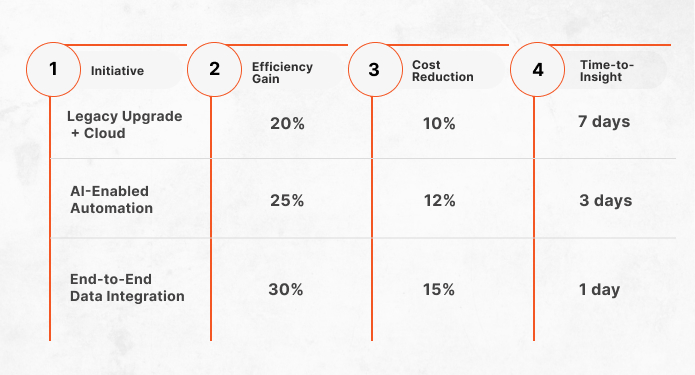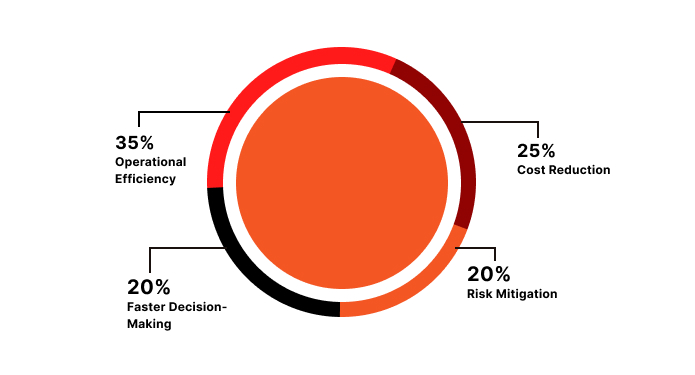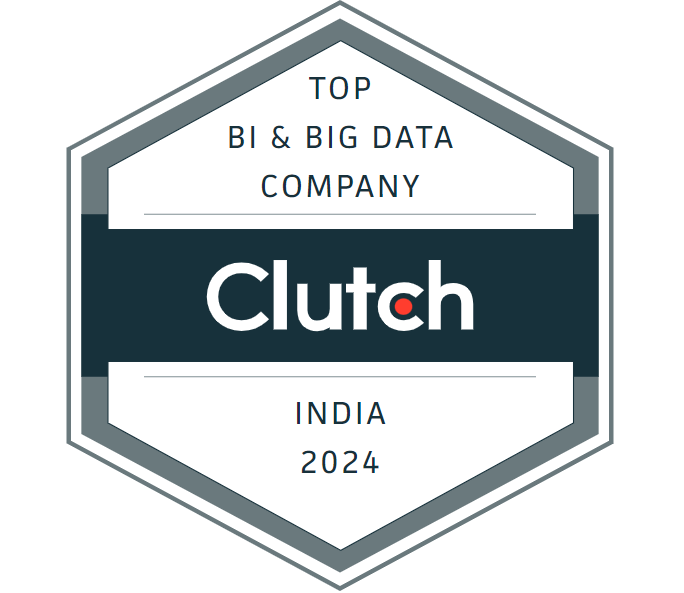Strategy #1: Building an AI-Ready IT Infrastructure
-
- Upgrade legacy systems to cloud and hybrid architectures.
- Integrate AI automation for CTO-led initiatives.
- Establish secure, scalable data pipelines for real-time analytics.

Strategy #2: Embedding AI into Core Business Processes
- Automate repetitive workflows and IT operations.
- Predict operational bottlenecks and resource constraints.
- Align AI outputs with C-suite decision-making, including CEO qualities and successful CEO traits.
Example: A retail CIO implemented AI-powered inventory analytics, enabling dynamic replenishment, cutting stock-outs by 22% and overstock by 15%.
Strategy #3: Driving Data-Driven Decisions
-
- Deploy dashboards that combine real-time operational, financial, and market data.
- Forecast risks, opportunities, and customer demand trends.
- Support digital transformation CIO initiatives across global business units.
Example: In a fintech enterprise, AI-driven analytics reduced fraudulent transactions by 30% while improving approval speed by 25%, empowering the CEO to make confident expansion decisions..
Graph: Decision Accuracy Before and After AI
- Traditional CIO Decisions: 68% Accuracy
- AI-Enabled Decisions: 92% Accuracy
Strategy #4: Enabling Collaborative Leadership
- Align IT strategy with AI CTO initiatives.
- Engage leadership with The Executive Outlook dashboards for real-time insights.
- Facilitate cross-department collaboration through AI automation and integrated platforms.
Strategy #5: Optimizing Costs While Scaling Innovation
- Identify low-value manual processes for automation.
- Use predictive analytics to optimize capex and opex.
- Run AI pilots to validate ROI before enterprise-wide deployment.
Example: In a logistics company, AI-enabled route optimization saved $1.5M annually, while predictive modeling enabled faster adoption of new delivery hubs.
Strategy #6: Building a Culture of AI Fluency
- Train IT and business teams on AI literacy.
- Encourage experiment-driven projects to discover high-impact use cases.
- Foster an innovation mindset aligned with qualities of a great CEO.
Strategy #7: Measuring Real-Time ROI
- Implement AI metrics dashboards across departments.
- Track KPI improvements tied to specific AI projects.
- Enable CEO oversight with clear, actionable data for strategic decisions.
- 30% reduction in operational bottlenecks
- 20% faster project delivery cycles
- 25% improvement in cost efficiency

Conclusion
-
- Build AI-ready IT infrastructure.
- Embed AI into business processes.
- Foster data-driven, collaborative leadership.
- Optimize costs while scaling innovation.
- Measure real-time ROI for continuous improvement.
Editor Bio

I’m Isha Taneja, serving as the Editor-in-Chief at "The Executive Outlook." Here, I interview industry leaders to share their personal opinions and provide valuable insights to the industry. Additionally, I am the CEO of Complere Infosystem, where I work with data to help businesses make smart decisions. Based in India, I leverage the latest technology to transform complex data into simple and actionable insights, ensuring companies utilize their data effectively.
In my free time, I enjoy writing blog posts to share my knowledge, aiming to make complex topics easy to understand for everyone.





